Behind countless unforgettable songs is a simple chord progression.
There is definite embellishment: a melody sung overtop, some musical bells and whistles added, and a beat to round out the song. However, the backbone is typically a series of chords that support both the melody and the rhythm.
Understanding chord progressions is the key to understanding your favourite songs, and writing your own tunes.
In this introduction to progressions, we’ll explore chords, how they’re strung together into progressions, what makes certain progressions “work”, and some tips and tricks for writing your own. Also included is a lowdown of some chord progressions you need to know as a musician, an overview of which progressions are commonly used in blues, jazz, and pop music, and the moods that certain progressions evoke.
Ready to dive in? Let’s get started!
Table of Contents:
5. Writing Your Own Progressions
6. Further Progressions (Pun Intended!)
What is a Chord?
Broadly defined, a chord is simply three or more notes played together simultaneously for a rich, blended sound.
For the purposes of this article, we will be looking at triads – sets of three notes that can be stacked vertically in thirds and played in unison for a harmonic effect.
Triads come in different flavours, depending on the distance between the notes: major, minor, diminished, and augmented:
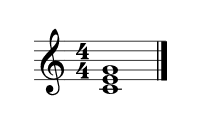
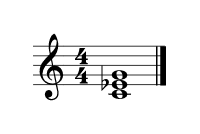
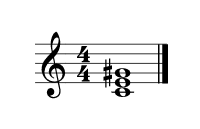
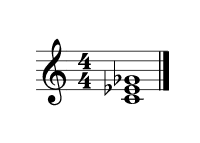
We’ll be focussing on major and minor triads, as those are the varieties that you’ll most commonly encounter in the wild.
Each one consists of one major third and one minor third – the only difference is the order from bottom to top. That is, a major triad is comprised of a major third with a minor third stacked on top, and a minor triad is comprised of a minor third with a major third stacked on top.
Tradtionally, most people consider major triads to sound “happy” or “bright”, while minor triads sound “sad” or “serious”.
Now that we know what chords are, let’s look at how to form them.
Chords and Scales
Let’s connect the idea of chords to the most basic building block of melodic music: notes.
With notes, we form scales with specific tonalities and key signatures, for example:

A chord can be built on each note of the G major scale. These chords all follow the key signature of G major (in this case, F#). The resultant intervals within the triads lend different qualities to the chords:

All the chords built on the scale degrees of the G major scale will conveniently be in the key of G major!
Therefore, if you want to play a random chord progression in the key of G major, you can simply pluck random chords from the scale and play them in a random order.
But will that sound good? Not necessarily.
Let’s look at how to order these chords in a way that is melodic and pleasing.
How Are Chords Named?
When writing a sequence of chords, we need to name them somehow to keep track!
In music, there are two simple and concise ways of doing this. You’ll see both used in musical notation, and they are simply two different ways of expressing the exact same thing: the scale degree on which a chord is built, and the quality of the chord.
The Nashville Number System
This system uses Arabic numbers (1, 2, 3) to denote which scale degree the chord corresponds to.
For example, here are the chords of the C major scale with their Nashville notation:

Roman Numeral Notation
As the name implies, this system uses Roman numerals (I, II, III) to denote which scale degree the chord corresponds to.

Notice that in this system, we use lowercase numerals to denote minor chords (for example, ii is a minor chord built on the second degree of the scale). In the case of the seventh degree chord, the ° designates a diminished chord.
While the Nashville Number System is popular with studio musicians in professional contexts (for example in country and other popular genres), Roman Numeral notation is more commonly used across musical genres, so we’ll stick with that for now.
Now that we have a way of naming our chords and immediately recognizing their quality, let’s look at how we put them together…
Stringing Chords Together
So what is a chord progression, then?
As you may have figured out, a chord progression is simply the name for a series of chords. Progressions usually repeat within a song, and it’s common for the chorus to feature a different progression than the verses of a song, to add variety and interest.
You could play a chord progression in C major such as iii-ii-IV-vii°-I-V, using almost every chord in a random order:

But it certainly doesn’t sound very good, and you’d be hard-pressed to find a melody or vocals to complement this.
So, not all chord progressions have the makings of a song. With some understanding of chord progression theory, we can understand which chord progressions “work”.
Chord Functions
All chords are not created equal: while numbers are easier to say and very convenient, music theorists further classify these chords according to their function, or how they relate to each other.
For example, the I chord is known as the tonic, the chord built on the main tone of the scale. The V chord is also called the dominant, because it has such an imposing sound in a chord progression. The IV chord is called the subdominant because it’s below the dominant.
To start us off, let’s look how these chords work in the most common chord progressions.
The 1-4-5 Chord Progression
A true classic, and one of the most instantly recognizable chord progressions, the I-IV-V or 1-4-5 chord progression is found in virtually every genre and has a rounded, satisfying feel to it. It often manifests in a 1-4-5-1 series, returning to the tonic chord for a feeling of resolution.
Here it is in C major, with the chord progression being Cmaj-Fmaj-Gmaj-Cmaj:

What makes this simple progression so unforgettable?
It’s not so much the chords themselves, but how they interact with one another. The progression begins at “home base” or on the tonic chord (I). From there, it moves to the IV chord, which is said to be the “unresolved” portion of the progression. It can resolve nicely to the I or the V chord. The V chord, meanwhile, naturally pulls strongly back towards the I chord. The V-I movement is the sonic equivalent of returning home.
The I-IV-V in the 12-Bar Blues
The I-IV-V progression is also the foundation on which blues music is built – namely, the 12-bar blues. Rather than following the progression I-IV-V-I, the 12-bar blues follows the chord progression I-IV-I-V-IV-I in a specific way:
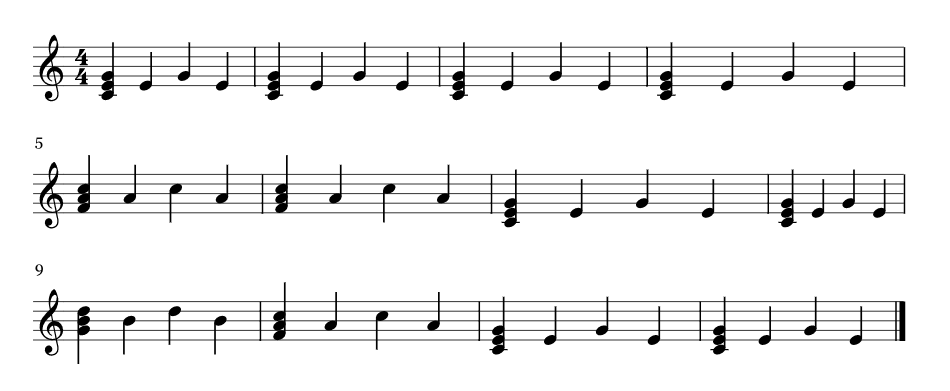
The ii-V-I Chord Progression
Another popular progression you’ll encounter is the ii-V-I, containing a minor chord built on the supertonic (second degree) of the key, followed by the dominant chord resolving to the tonic.
Here it is in C major, with the progression being Dmin-Gmaj-Cmaj:

Jazz enthusiasts, take note: this progression is especially popular with your favourite music! Take a listen to Miles Davis’ classic “Tune Up” to hear this progression in action:
Like the I-IV-V-I, the ii-V-I progression strongly yearns to resolve to the tonic chord. The progression starts on an unresolved chord (ii), resolves to V, then resolves further to I.
The I-V-vi-IV Chord Progression
This is the I-IV-V’s equally important cousin. It sounds natural, familiar, and the presence of that vi minor chord gives it an even more melodic quality.
This is the I-V-vi-IV progression in C major, that being Cmaj-Gmaj-Amin-Fmaj:

If you notice that this sounds incredibly familiar and ubiquitous, you’re not the only one. The folks over at Axis of Awesome have created a brilliant medley of some popular tunes that use this progression:
Writing Your Own Progressions
Though there are no hard and fast rules for writing progressions, as you saw above, there are some specific movements that tend to sound good. Always remember that the tonic of a key is “home”, and progressions that resolve in the I chord tend to sound great. In particular, the resolution of V to I is a powerful and cathartic switch. It’s a good idea to save it for the end of the progression!
Now, more pieces of advice:
1. Know your chord qualities
I, IV, and V are the major chords, while the ii, iii, and vi are minor. Minor chords will evoke feelings of sadness or restlessness. Combining major and minor chords in a progression is great.
2. Use chords that don’t belong to the key
But sparingly!
A nice trick is to throw in a new chord, then immediately return to a familiar chord within the key to show that the deviation was intentional and temporary.
3. Commit Grand Theft Chord Progression
Use your favourite tune’s progression as a template for your own! You can rearrange and substitute chords to make it all your own.
4. Use a Chord Map
The helpful diagram below gives you a simple way to find a series of chords that flow well together. You can start anywhere on the map, and follow the arrows “downstream”:
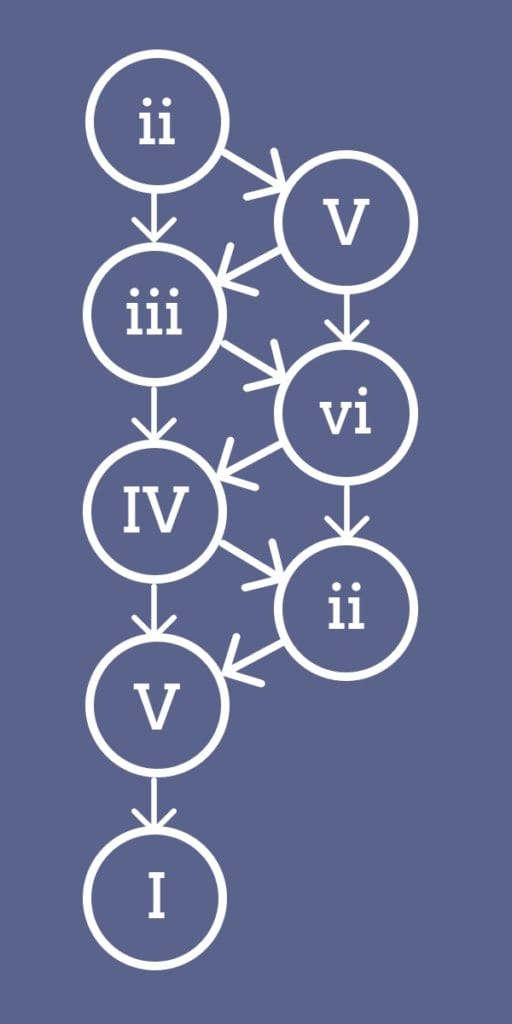
If you’re looking to create a longer, more complex progression, good news: if a chord appears at one place, you can treat it as if it appears downstream or upstream also! For example, nothing is stopping you from going to Em instead of G from that second Dm chord.
5. Use a chord progression generator
If you don’t want to do the work of hashing out progressions on your instrument to see if they sound good, a chord progression generator is your best friend. Check out ChordChord’s user-friendly version!
5. Use the Circle of Fifths
This is the holy grail of finding chord progressions that work. If you want to read up on how the circle is formed and what it all means, head over to our master guide.
Here is the circle, in all its glory:
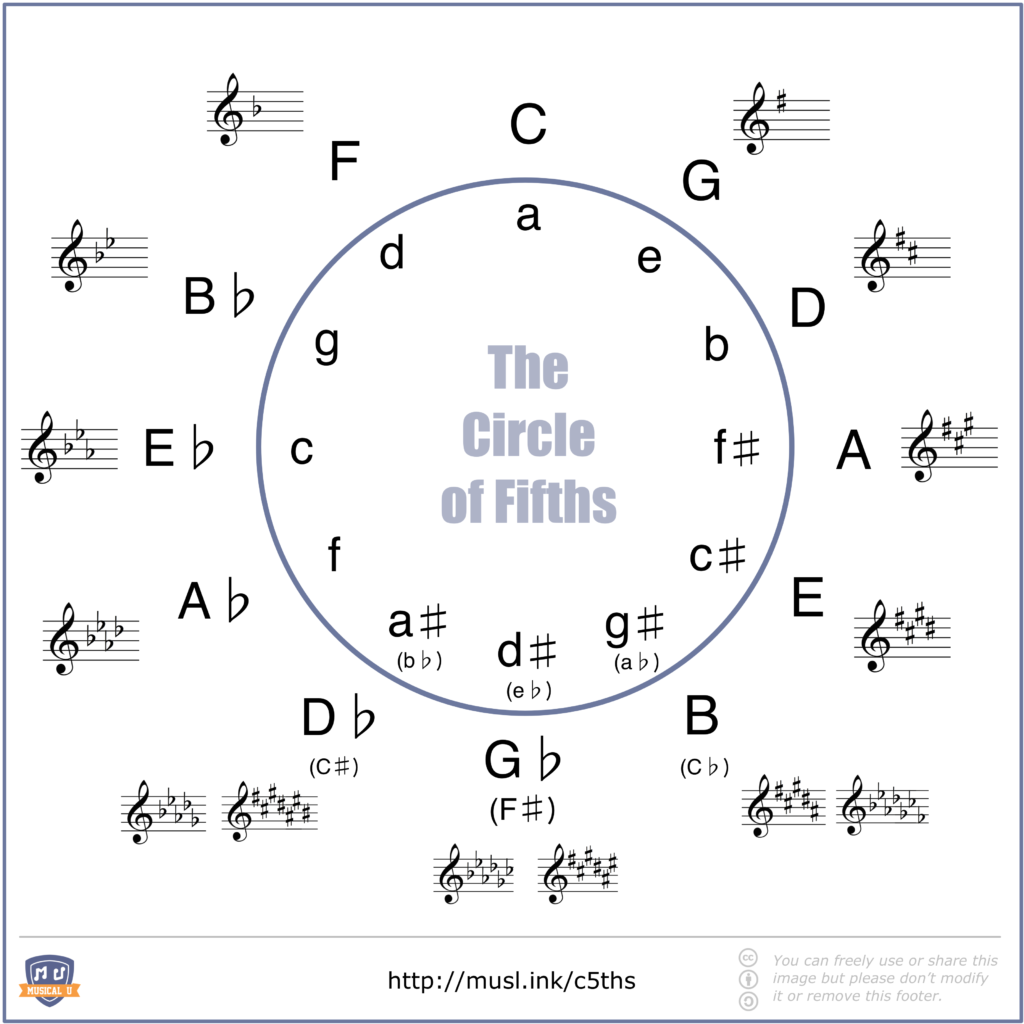
If you look to the part of the circle with the key of C major, what keys do you notice surrounding it?
F major and G major are on either side of it, and its relative minor, A minor, is directly below. Together, these four chords form the progression Cmaj-Gmaj-Amin-Fmaj, or I-V-vi-IV.
In general, chords that are adjacent on the circle will sound pleasant when played in succession, and this includes the minor chords on the inner circle. Experiment with going clockwise and counterclockwise around the circle, jumping across the circle, and figuring out creative ways to come back to your tonic!
Stringing Together Chords
Now that you know what a chord is, how they’re made, and some tried-and-true ways of stringing them together, you’ve got the foundation you need for understanding how your favourite songs were written, using tried-and-true progressions to write your own tunes, and even put together some unforgettable progressions of your own!
Musical U has modules specifically on chord progressions to teach you to play chords by ear, recognize popular progressions, and more! Sign up today and start your cruise through chord city!
The post Introduction to Chord Progressions appeared first on Musical U.